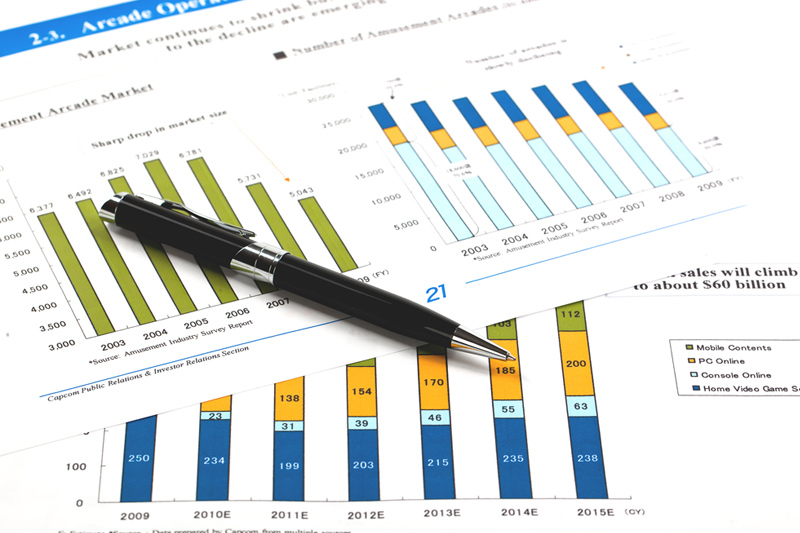By Joseph Nasr and Paul Carrel
BERLIN (Reuters) - Germany's economy slumped in the first quarter at its steepest rate since 2009 with worse expected by mid-year, but it is weathering fallout from the coronavirus better than other EU states where outbreaks have been more disruptive.
The 2.2% drop in quarter-on-quarter output was the widest since the financial crisis of a decade ago and the second biggest since German reunification in 1990, Friday's federal statistics office data showed.
Like almost all European Union states, Germany did not go into lockdown to slow the spread of the virus until around mid-March, so the bulk of the impact of those curbs will only become apparent in second quarter data as sectors like tourism, and bars and restaurants, remain shut.
A 10% economic contraction is widely forecast for that period, though "the exact extent of the slump depends in part on the easing of restrictions on public life," said statistics office official Albert Braakmann said.
"If today's data are the result of two weeks of lockdown, three more weeks of lockdown and a very gradual lifting of some measures do not bode well for the second quarter," ING's chief economist for the euro zone, Carsten Brzeski, said.
That picture strengthens expectations that Europe's largest economy is facing its deepest recession this year since World War Two.
Prospects are even worse, however, for peers including France and Italy where, respectively, coronavirus deaths top 27,000 and 31,000 and the economies contracted by 5.8% and 4.7% in the first quarter.
In Germany, an early and widespread testing programme and a robust healthcare system have - despite a broadly similar number of overall cases - helped keep deaths linked to COVID-19 below 8,000, according to a Reuters tally.
The country's 16 states also chose to allow factories and building sites to stay open, and data earlier this month showed construction - which accounts for almost 10% of the economy - expanded by 1.8% in March.
Most shops have reopened since the end of April, when lockdown restrictions were eased.
CONSTRAINED BY EURO ZONE
Many German employers have also been able to switch staff to shorter working hours during the outbreak, avoiding mass layoffs, under the terms of a more-than 750 billion euros ($811 billion) government rescue package.
Even though the crisis is already tearing a huge hole in the public finances, Chancellor Angela Merkel plans a further stimulus package next month to help companies recover from the pandemic.
"Incoming (second quarter) data will be worse, even though the worst might already be behind us," Brzeski said.
Any pickup in economic activity is, however, going to be slow and dependent on how fast the wider euro zone recovers.
"The lockdown is being eased in May and June, but only gradually, and Germany's recovery will be constrained by the problems elsewhere in Europe," said Jack Allen-Reynolds of Capital Economics, which expects a second-quarter contraction of 10%.
On the year, gross domestic product in Europe's largest economy fell by 2.3% from January to March, Friday's data showed.
Fourth quarter was revised to a contraction of 0.1% from a previously reported stagnation, which means Germany is in a technical recession after two successive quarterly drops.
Analysts polled by Reuters had expected national output in the first quarter to shrink by 2.2% quarter-on-quarter and 2% year-on-year.
